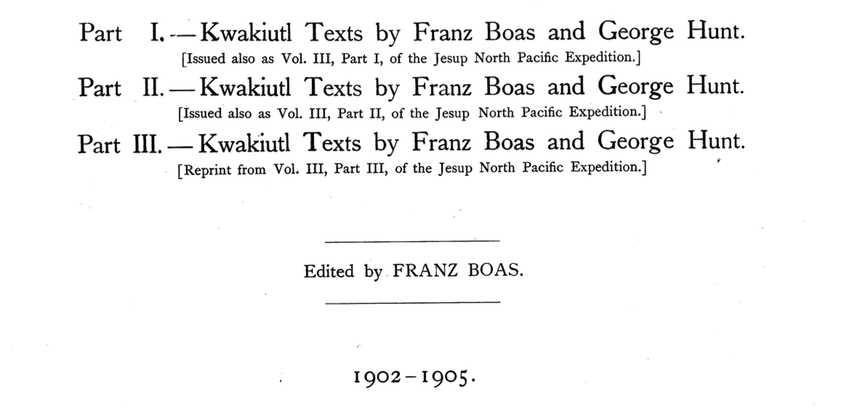Encounters with art and design by an anthropologist and curious non-expert in visual culture.
Since starting to work alongside an artist and a designer, I’ve become more aware of ethnographic practice inflected by art and design. There seems to be a growing number of institutional spaces, degree programs, courses, workshops and books devoted to exploring different combinations of art/design aesthetics and ethnography. While audience and aims vary, one can’t help but wonder what it means for there to be a kind mushrooming of art/design inflected methods and outputs (Design Anthropology, Anthropology Design, Design Ethnography, Sensory Ethnography to name a few and see for instance a last year’s ANTROPOLOGY + DESIGN series on Savage Minds). While visual anthropology has an extended history, and anthropologists have long been interested in the intersections of aesthetic and cultural production, is there something of a “visualisation of anthropology” (Grimshaw & Ravetz 2005) underway? Is an attention to art and design in anthropology ‘new’ or simply new to me? For those of us not designated as ‘visual’ anthropologists, are we being asked/invited/demanded to engage with different modalities for fieldwork and scholarly output?
I decided ask an expert. Keith M. Murphy is an anthropologist of design. His new book Swedish Design: An Ethnography is just that. It is a rich description and analysis of how everyday things (furniture, lighting) are made to mean through processes of design within the context of larger cultural flows. Like some of the iconic objects he describes, Keith’s writing is sharp, uncluttered and politically aware. Continue reading
